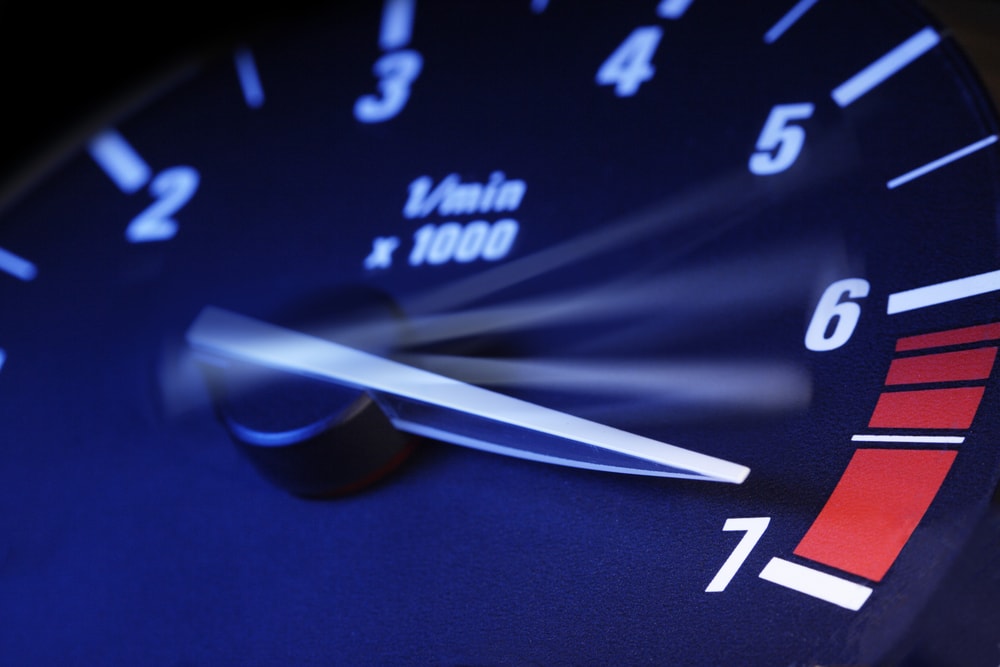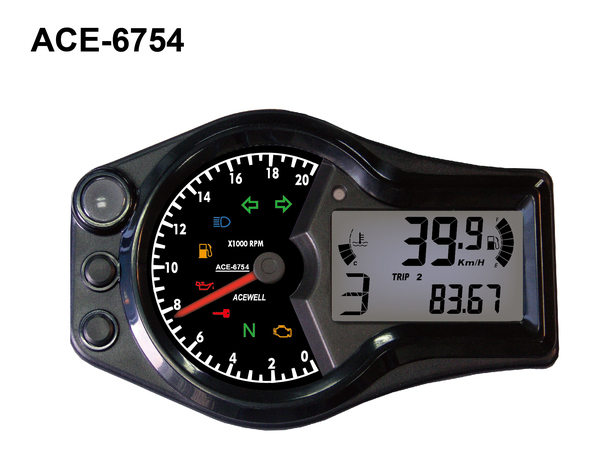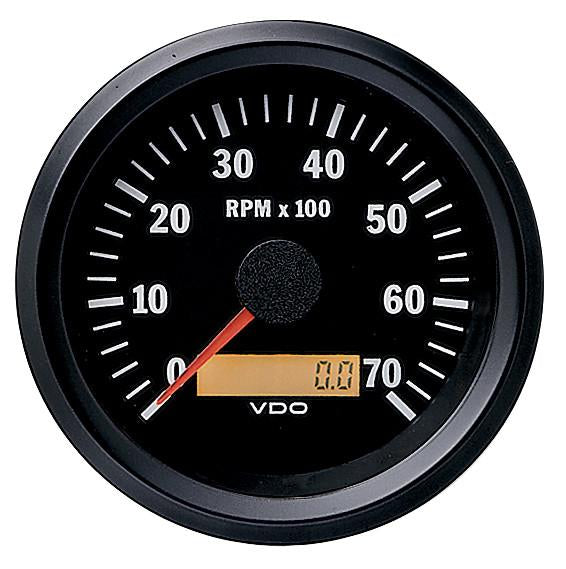Enhance Your Driving Experience with a Dependable Tachometer
Enhance Your Driving Experience with a Dependable Tachometer
Blog Article
The Importance of a Tachometer in Keeping An Eye On Engine Speed and Performance in Automotive Applications
In the world of automotive design, the tachometer stands as an essential tool in the driver's collection, offering a direct window into the internal operations of an automobile's engine. Beyond its function as a simple gauge of transformations per min (RPM), the tachometer serves as an important tool for lovers and experts alike, using real-time insights into engine performance and health and wellness.
Value of Keeping An Eye On Engine RPM
Keeping track of engine RPM, or transformations per minute, is a crucial facet of automotive upkeep and efficiency evaluation. Engine RPM straight associates with the rate at which the engine's crankshaft rotates, indicating exactly how quickly the engine is running - tachometer. By keeping track of RPM, technicians can analyze the health and wellness of the engine, identify potential concerns, and fine-tune efficiency. An unusual RPM reading may signify troubles such as engine misfires, faulty stimulate plugs, or issues with the fuel distribution system. Constantly high RPM analyses might indicate hostile driving habits or the demand for a higher equipment change to enhance gas performance.
Additionally, checking engine RPM is vital for performance examination in racing and high-performance automobiles. Keeping ideal RPM degrees is essential for achieving peak power output and velocity. Racers usually utilize tachometers to ensure they are operating within the excellent RPM array for optimum efficiency. In summary, checking engine RPM is not just important for identifying problems however also for enhancing engine performance in numerous automotive applications.

Advantages of Real-Time Information
In auto applications, real-time information plays an important duty in giving instantaneous understandings into the performance and condition of the automobile. By continually keeping track of numerous parameters such as engine speed, temperature, fuel intake, and more, real-time data offers many benefits that add to enhanced efficiency and safety when driving.
One significant advantage of real-time information is its capacity to sharp motorists and service technicians to any kind of anomalies or issues immediately. This aggressive method makes it possible for fast identification of possible troubles, permitting for prompt interventions to avoid additional damage or breakdowns. In addition, real-time information helps with performance optimization by giving instant comments on driving habits and engine performance. Motorists can change their behavior in real-time based on this information to attain much better fuel economy and lengthen the life-span of their car.

Moreover, real-time data plays an essential function in modern automobile diagnostics, enabling professionals to rapidly detect and deal with breakdowns. This leads to minimized downtime, reduced maintenance prices, and ultimately, enhanced total car integrity and longevity (tachometer). By taking advantage of the power of real-time information, automotive stakeholders can make educated choices that positively impact both the efficiency and long life of the vehicle
Effect on Equipment Shifts
Efficient gear changes in auto applications considerably affect total efficiency and driving experience. The tachometer plays an essential duty in enhancing gear changes by supplying real-time engine rate information to the driver. When approaching the redline on the tachometer, it signals the chauffeur to upshift to stop over-revving the engine check my reference and creating possible damages. On the various other hand, downshifting at the appropriate minute can aid keep the engine in its power band, ensuring responsive acceleration when needed.
Additionally, the tachometer help look at this now in accomplishing smoother gear transitions, particularly in hand-operated transmissions. By monitoring engine rate, motorists can carry out gear shifts at the optimal RPM array, lowering snagging movements and minimizing endure the transmission components. This accuracy in equipment changes not just enhances driving comfort however likewise adds to fuel efficiency.
Enhancing Gas Effectiveness
Offered the critical duty the tachometer plays in enhancing gear changes for efficiency and engine health, it straight adds to taking full advantage of fuel performance in vehicle applications. By providing real-time responses on engine speed, the tachometer aids vehicle drivers in maintaining the most reliable RPM range for gas economic climate. When drivers constantly keep track of the tachometer and readjust their driving habits appropriately, they can avoid unneeded gas usage triggered by over-revving or carrying the engine.
Additionally, the tachometer aids motorists recognize the most fuel-efficient equipment to be in at any given moment, avoiding the engine from working more difficult than needed. In final thought, the tachometer offers as a useful device in improving gas efficiency by promoting optimal driving habits and identifying areas for improvement in the vehicle's performance.

Taking Full Advantage Of Engine Durability
The tachometer's function in monitoring engine why not try this out rate and performance is crucial in guaranteeing the long life of automobile engines. Monitoring the tachometer enables drivers to stay within the suggested RPM variety for their automobile, preventing unnecessary pressure on the engine and prolonging its life-span.

Verdict
To conclude, the tachometer plays an important role in checking engine speed and efficiency in automobile applications. By giving real-time data on RPM, it allows for effective gear changes, enhanced fuel performance, and made best use of engine durability. This device is important for keeping optimal engine efficiency and guaranteeing the general functionality of an automobile.
Report this page